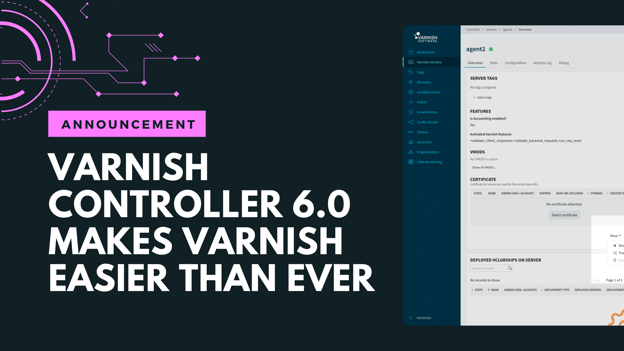The 2020 Cyber Five shopping period broke all previous records for Cyber Five spending, coming in at about 38 billion USD (compared to 28.5 billion USD in 2019). This probably won’t come as a surprise as Black Friday and Cyber Monday moved almost entirely online, followed by record-breaking Amazon Prime Day and Singles Day preceding the Thanksgiving holiday weekend. Despite the continued onslaught of Covid-19, good news about successful vaccine trials and greater certainty of a peaceful transfer of power to the new president-elect in the United States contributed to a boost in consumer confidence.
Lesson one: It’s not all about a winner-take-all holiday shopping event any more
As recently mentioned in The Economist, Black Friday isn’t what it used to be, particularly as the online retail boom has shifted to being months-long, or constant.
This is, in fact, the first lesson of the new holiday shopping normal: even if specific days are designated as shopping sprees and do break spending records, these occasions are fading in importance. The proportion of what retailers earn that can be attributed to this usually make-or-break period has grown smaller, which was the trend before Covid but has become the norm in the peri-Covid world.
And what does this mean for retailers?
- Online retailers need to be ready for anything, all year round, and cater to the whims and demands of a new, more plugged-in consumer
- Other retailers need to adapt to the e-commerce norm to remain competitive
- The “online experience” or options for order online/pick-up in-store/curbside and the advent of “dark stores” (retail stores that are closed to the public but are used as warehousing and click-and-collect sites) has trumped what consumers and retailers alike perceive as “standard”
- Change in the e-commerce sector is moving much faster, and innovating more extensively, than anyone in the industry would or could have predicted
Lesson two: Amazon is not the only girl at the dance; SMBs and independent retailers differentiate to gain ground
While Amazon has dominated e-commerce, both with its own shopping holiday, and more generally for its convenience, competitors and small/independent businesses are making inroads against the behemoth as more consumers look to add value to their purchases. Whether supporting Amazon worker strikes or protesting the monopolistic hold of major retailers, shoppers are beginning to look for ways to shop their values and support fair working conditions.
What does this mean for retailers?
- Apart from looking for ways to strike up online visibility with the right audiences and using data to understand how to reach relevant prospects, SMBs -- even large retailers without a long online history -- need to consider the basics of web performance and staying up during the busiest times of the year. Even large retailers struggle during the Cyber Five weekend, and 2020 was no exception. For example, UK electronics retailer Currys, experienced a surge in traffic that not only crashed their site but wiped hundreds of pounds in balances off existing gift cards.
Lesson three: Get web performance and other basics right
Related to lesson two’s takeaway, even now, when e-commerce is a daily activity for a lot of consumers, the basics aren’t nailed down for a lot of businesses. And outages usually happen as a result of sites not being able to manage sudden surges in traffic. The aforementioned Currys example is but one of about 50 reported outage and performance-related issues. A host of major, big-name brands have been hit by problems throughout the five-day shopping period.
What does this mean for retailers?
- As we write every year, you can’t foresee or prevent every problem, but you can get ready for the unpredictable. This means focusing on basic infrastructure:
- Setting up high availability to ensure uptime
- Optimizing for speed and page load time
- Caching to deliver content faster and protect your origin servers to prevent outages
- Optimizing for mobile e-commerce
- Thinking about effective cloud strategies to quickly spin up more instances on the fly if necessary
You can’t control everything. For example, just before the big Cyber Five weekend, Amazon Web Services itself experienced an outage, meaning that all the websites relying on AWS servers were down -- and there was nothing those retailers could do about that (without perhaps having a multi-cloud failover strategy).
But the potential catastrophe can be contained if you learn the lessons of peak holiday shopping.
/VS-logo-2020-197x60.png?width=136&height=60&name=VS-logo-2020-197x60.png)





